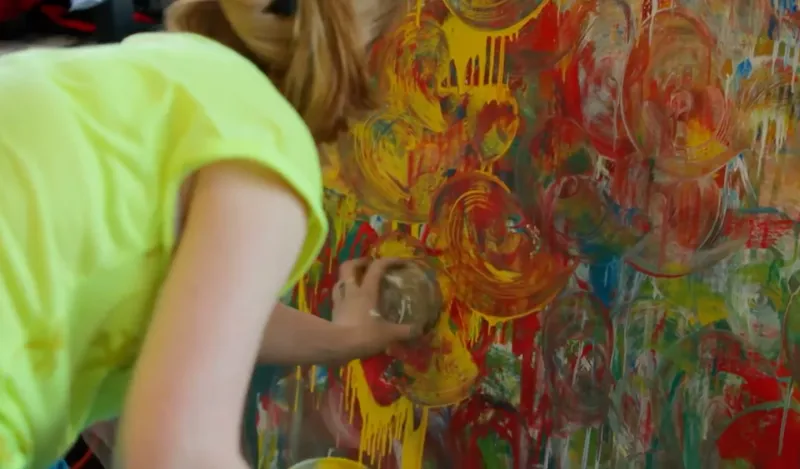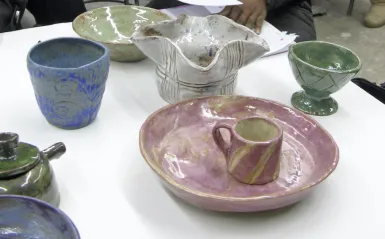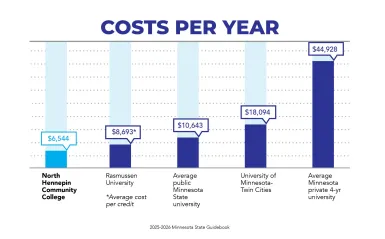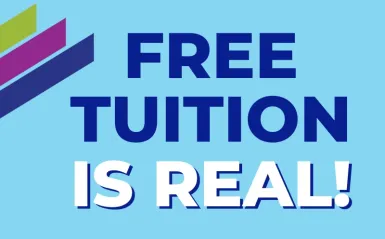Apply for Free
During the month of October, you can apply for free using promo code: CKM25
Program Highlights
Learn from experienced faculty who are both accomplished artists and dedicated educators.
Use professional facilities including a photographic darkroom, studio lighting, pottery wheels and kilns, and Mac and PC labs equipped with Adobe Creative Cloud.
Showcase your work in the Joseph Gazzuolo Gallery during the annual NHCC Student Art Show.
Choose from in-person, hybrid, and online classes offered during the day and evening to fit your schedule.
Apply for scholarships available to Fine Art and Graphic Design students, including support for art supplies.
Transfer Options
NHCC's Art AS Degree transfers seamlessly to many bachelor's degree programs at Minnesota State universities, and there are many transfer options for private colleges. If you plan on transferring to a bachelor's program, be sure to meet with your academic advisor in your first semester at NHCC.
Minnesota State Transfer
The Art Transfer Pathway AFA will transfer to any of the following Minnesota State universities:
- Metropolitan State University
- Minnesota State University Mankato
- Minnesota State University Moorhead
- Southwest Minnesota State University
- St. Cloud State University
- Winona State University
Private College Transfer
Be sure to meet with your academic advisor if you are considering transferring.
The Art Transfer Pathway AS will transfer to Concordia University, St.Paul.
Art Transfer Pathway Classes at NHCC
NHCC's Art Transfer Pathway program is very hands-on. Students are exposed to a variety of artistic mediums and perspectives and learn through a mix of classroom and skills-based studio activities.
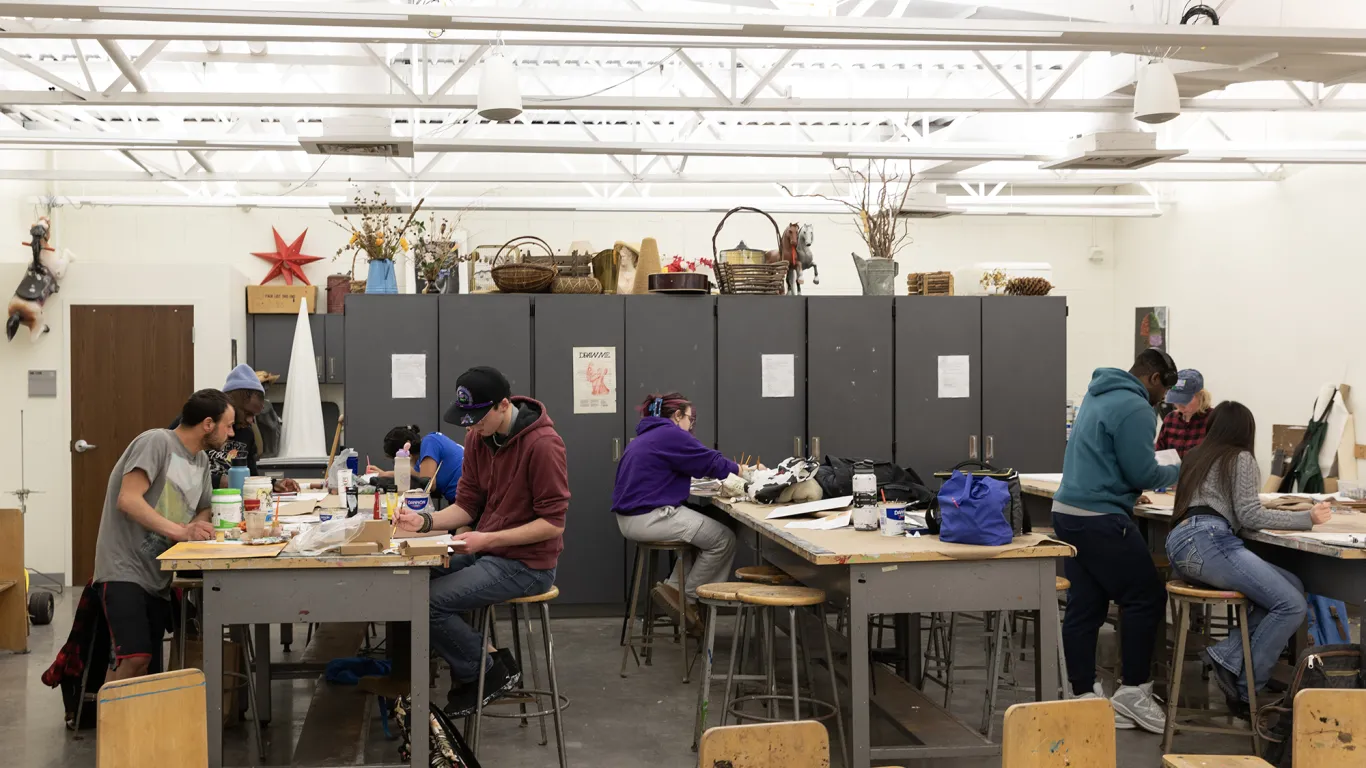
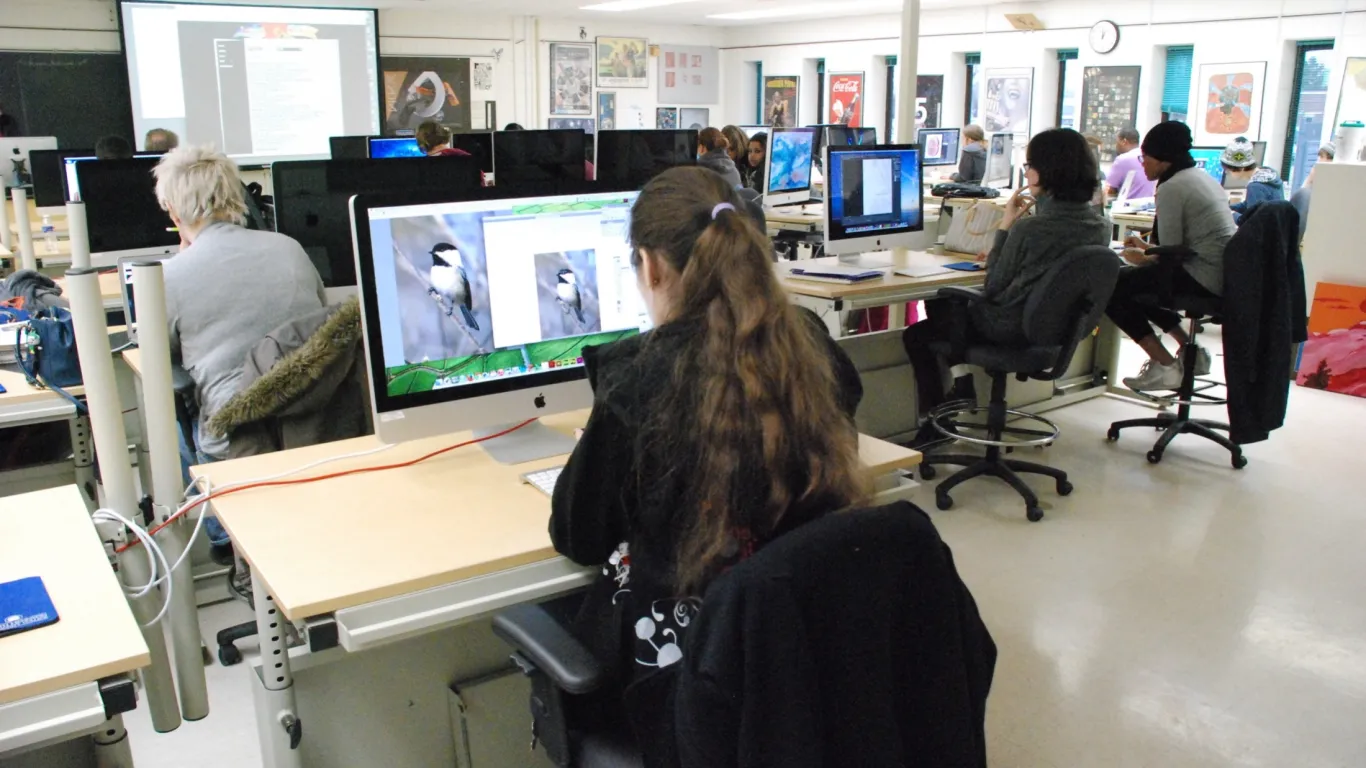
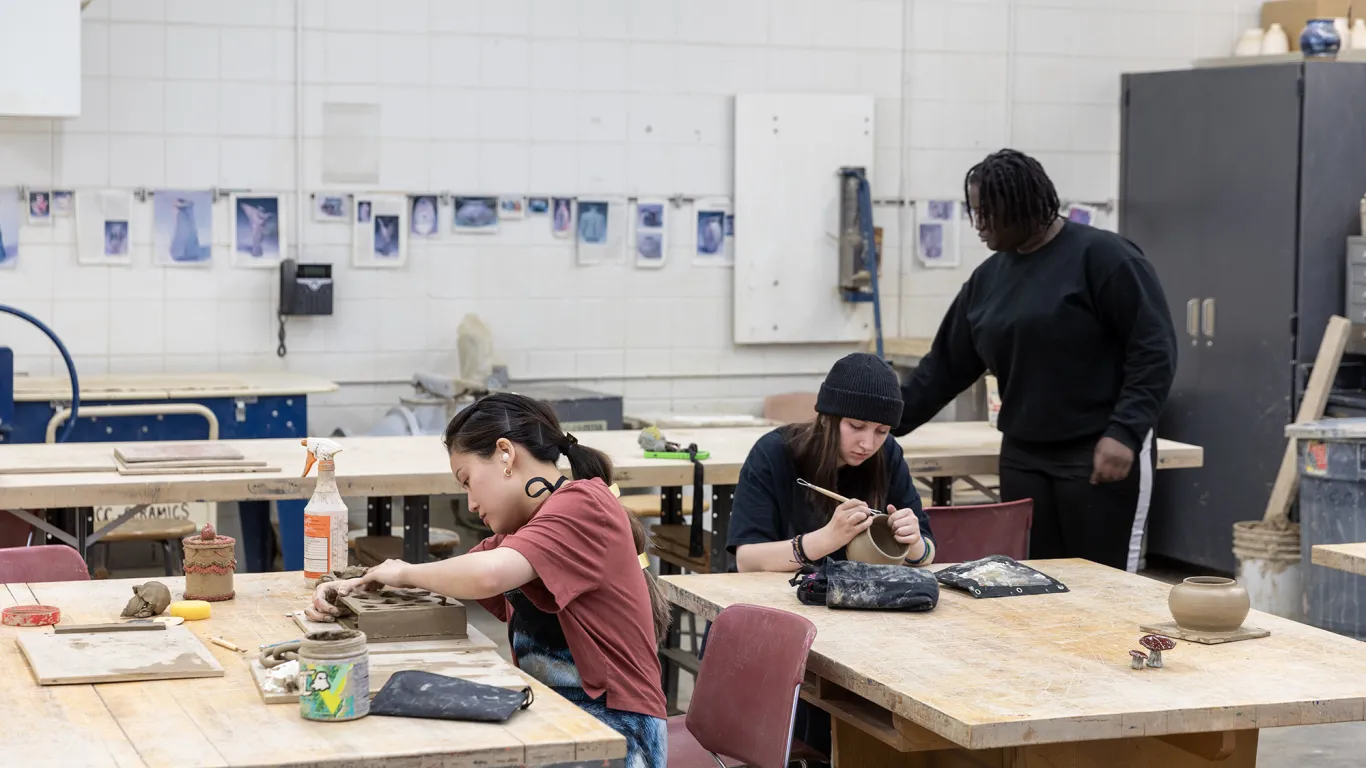
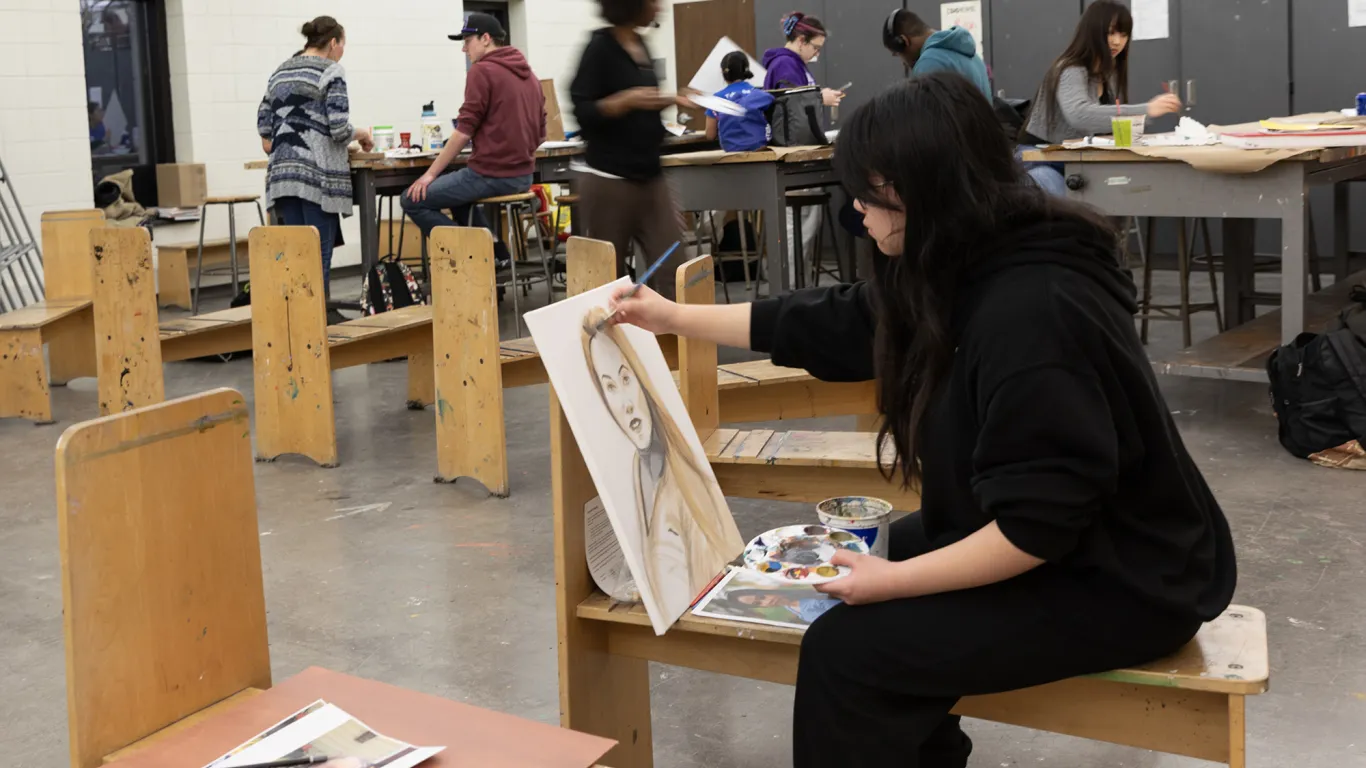

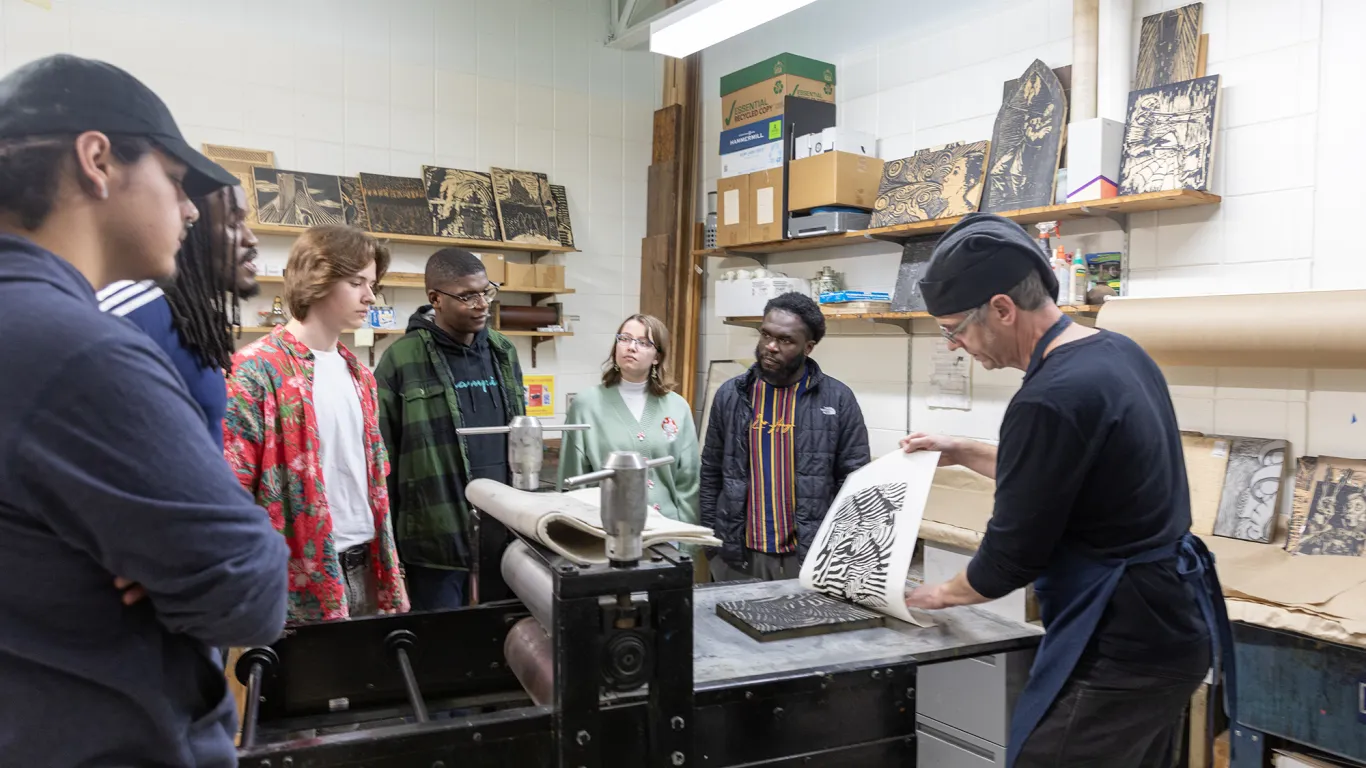
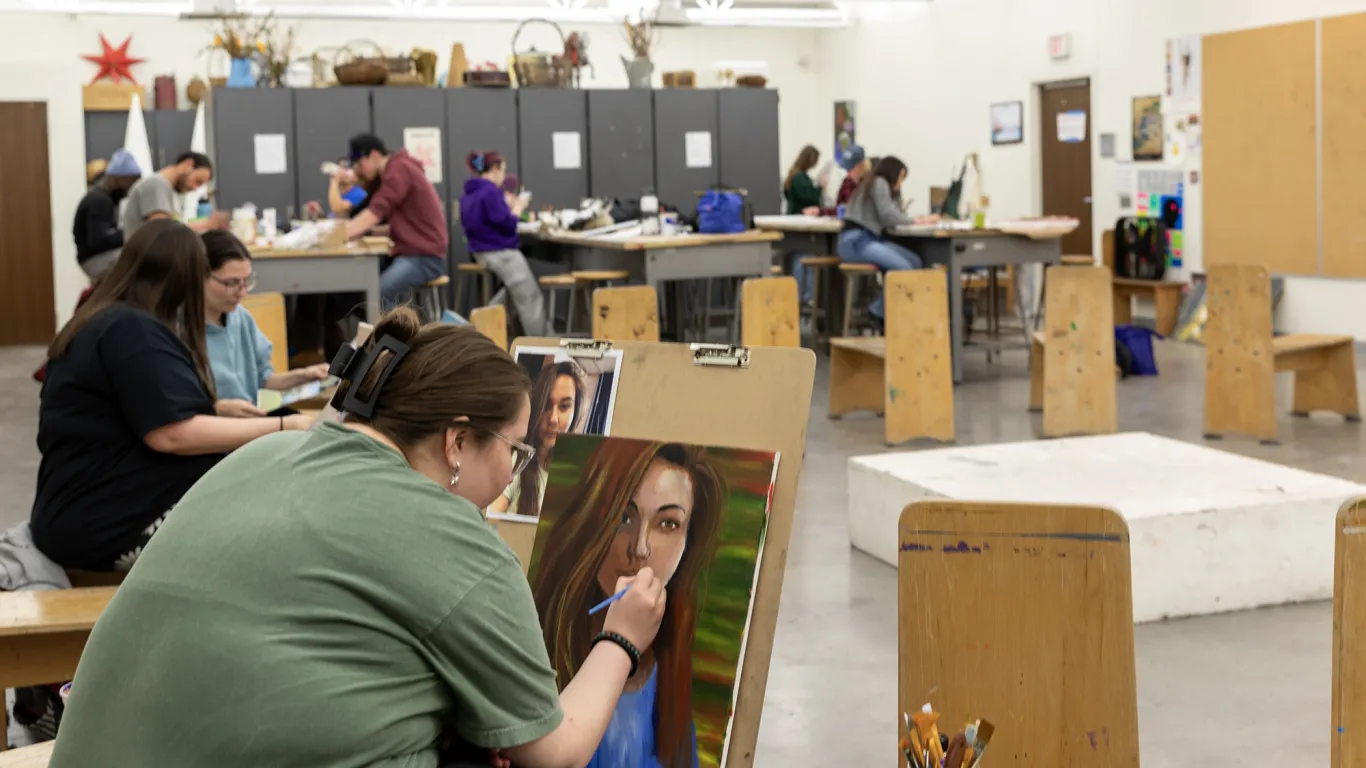
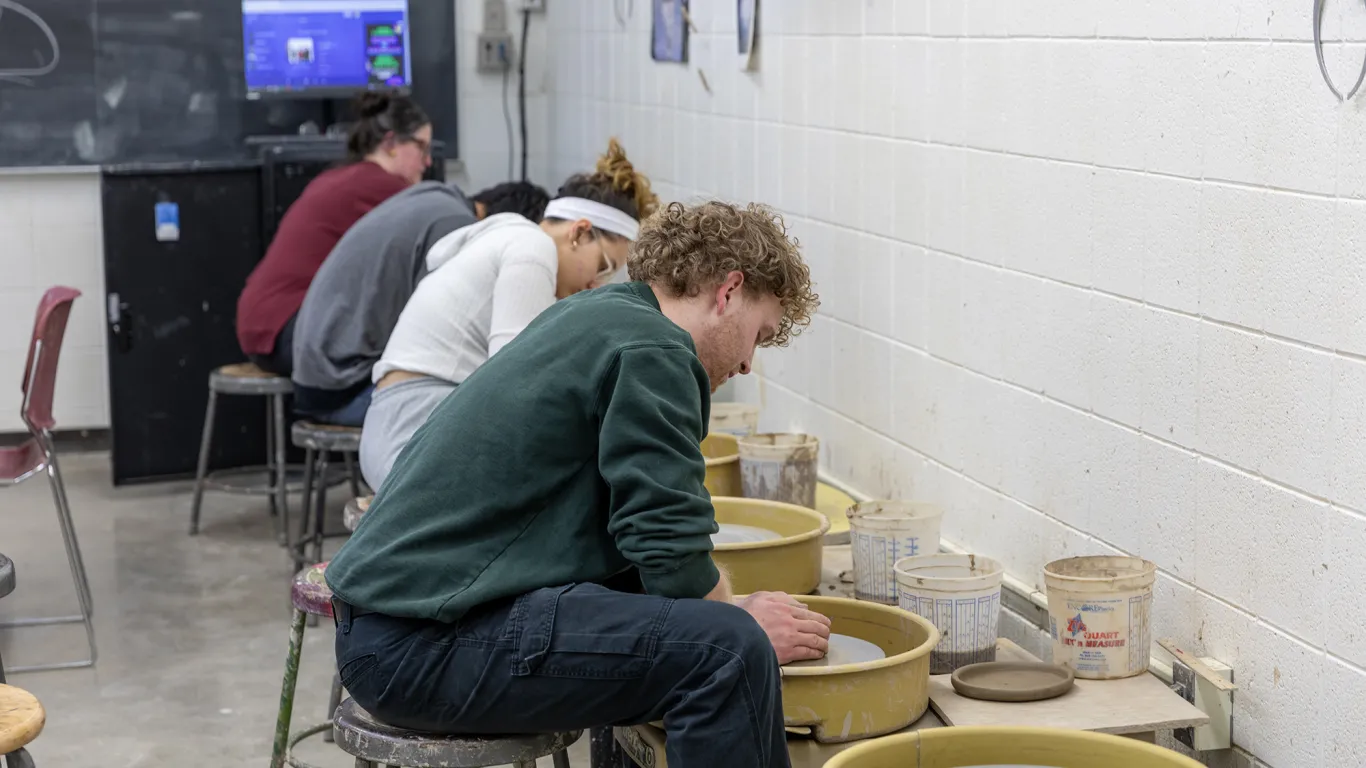
Ceramics at NHCC
NHCC's Ceramics classes are enrichment courses. Many students mention it's a relief from other classes and daily life. Anyone can take Ceramics! Actually, Nursing and Law Enforcement students tend to...
Art History and Art Appreciation at NHCC
Art History and Art Appreciation courses are excellent elective opportunities for anyone in any major or pathway! All are welcome! Art history is the history of the world, told through images and...
Paying For College
NHCC's tuition is among the most affordable in Minnesota.
Financial Aid
- Scholarships are money you don't have to repay
- Grants are money you don't have to repay
Free College Tuition
The North Star Promise scholarship program provides free college tuition to eligible students. Find out if you might be eligible.
Program Roadmaps
Program roadmaps provide students with a guide to understand the recommended course sequence to complete their degree.
Get Started
If you're ready to get started, apply to NHCC. If you'd like to learn more, you can visit campus or request information.
